Wildlife
Riding Mountain National Park
Ten tips to respect wildlife and stay safe!
Canada’s national parks are gateways to nature, adventure and discovery. The chance to observe wildlife as they go about their natural lives is one of the most fascinating experiences that Canada’s national parks offer. Along with this opportunity, however, comes the responsibility to treat wildlife with the respect they deserve and need.
1. Learn about the wildlife in the park you will be visiting

Each of Canada’s national parks is home to different wildlife species. Find out what species live in the national park you will be visiting by checking the park website or go to the visitor information kiosk or desk to ask for relevant information.
Parks Canada manages 46 national parks and one national urban park from coast to coast to coast. These protected areas are home to thousands of different species of mammals, birds, reptiles, plants and other wildlife.
2. Feeding wildlife is never allowed
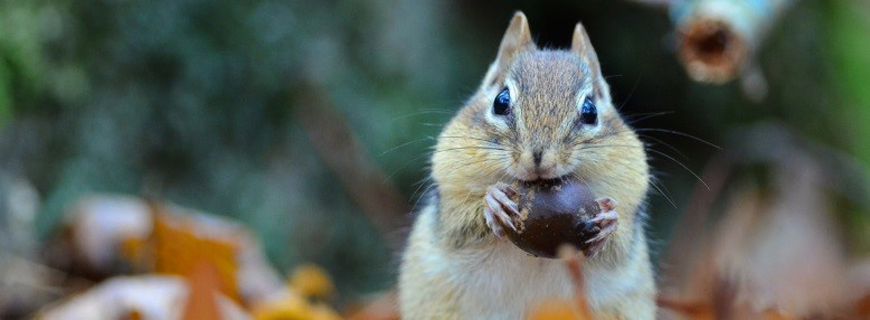
Feeding wild animals, accidentally leaving food out or not properly disposing of garbage teaches animals that humans provide food. Once the animal has had a taste of human food, it may begin to seek it above all other sources of natural food.
Feeding wildlife in a national park is illegal and you can be charged under the Canada National Parks Act. This includes feeding them directly by offering them food, or indirectly by leaving garbage behind for them to find.
3. Keep your dog on a leash
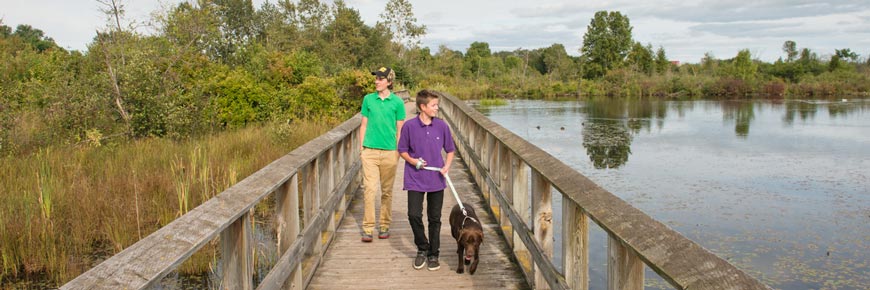
We know how much you love Fido, but keep him on a leash and under control at all times and this will help keep you and your pet stay safe. Dogs may kill or injure wildlife, or can cause some wild animals to feel threatened and become agitated or aggressive.
Studies have shown that dogs off-leash is one of the most common causes of wildlife attacks.
4. Keep your campsite clean
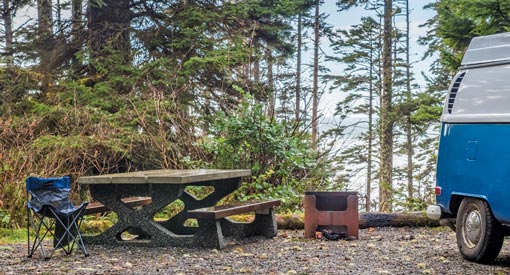
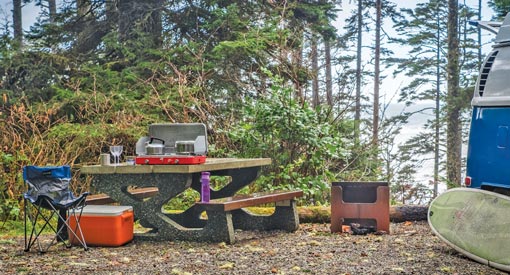
Many already know that leaving food out in a campsite can attract wildlife but did you know that wildlife is also attracted to non-food items that smell like food? This includes garbage, dishes, pots and pans, stoves, coolers and even toiletries (like soap, shampoo and toothpaste).
Keep your campsite “bare” of attractive smells by storing all those “good-smelling” items in your vehicle, or in designated wildlife-proof containers. As soon as you are done using it, put it away properly. Download a "Bare" Campsite brochure (PDF 4.5 MB)
5. Hike after breakfast and before supper - travel in groups and keep kids close
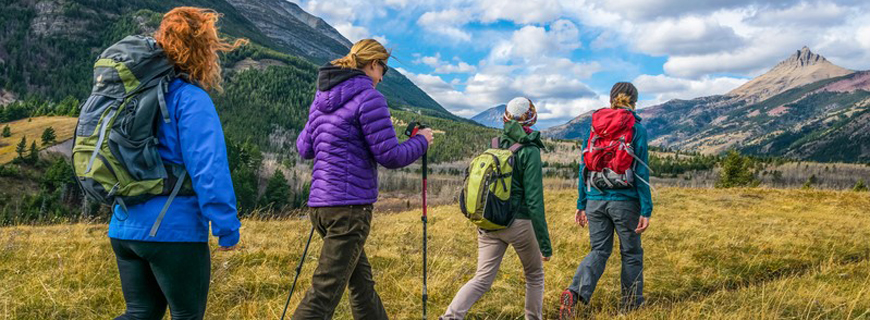
Wildlife are most active in the early dawn and late evening. For your safety, always hike during the day and check the weather and trail conditions before leaving. Surprise encounters don’t give wildlife much time to decide on how to react. Always tell someone where you are going and when you expect to return.
Did you know? Travelling in a group and making noise along the way is safer than travelling by yourself.
6. Only stop if it is safe to do so
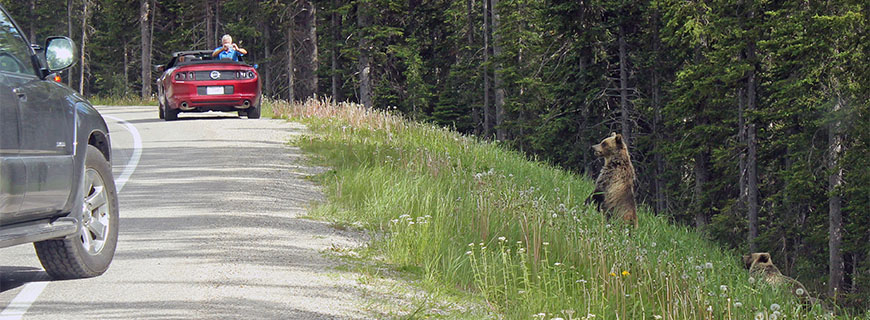
Pulling over to observe wildlife on highways can cause a few serious hazards. It teaches animals that vehicles on highways are nothing to be afraid of. In our national parks, across the country, too many animals are killed along highways each year.
Pulling over is also dangerous because stopped vehicles become visual obstructions for other drivers. If you see an animal along the highway, slow down but keep driving unless there is a safe place to pull over. If you do pull over, it is best to observe the animal from the safety of your vehicle.
7. Keep a safe distance from wildlife
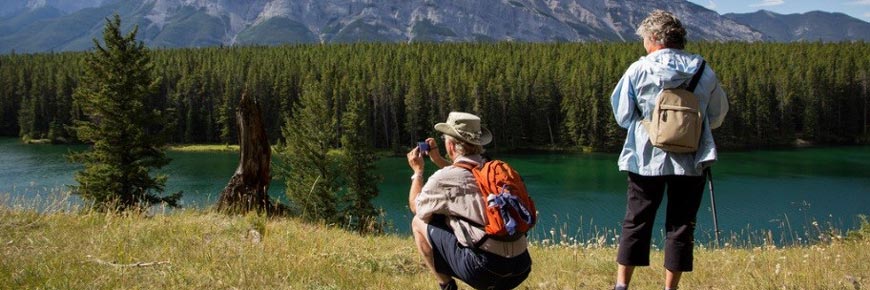
Bring your binoculars, or a telephoto lens to capture that once-in-a-lifetime photo of a wild animal in its natural environment. Remember that although this is a once in a lifetime experience for you, these types of encounters may be happening many times a day for the animal.
Stay at least 30 m away from large animals and 100 m away from bears, wolves, coyotes and cougars. Approaching wildlife or allowing wildlife to approach you can lead to them no longer being wary of people. Once habituated, they are at greater risk of getting into conflict with people.
If you see others trying to approach wildlife, warn them of the dangers to themselves and to the animal. If you see someone trying to take a “selfie” with wildlife, remind them that it is never a good idea because they are probably way too close.
8. Stay alert and be aware of your surroundings
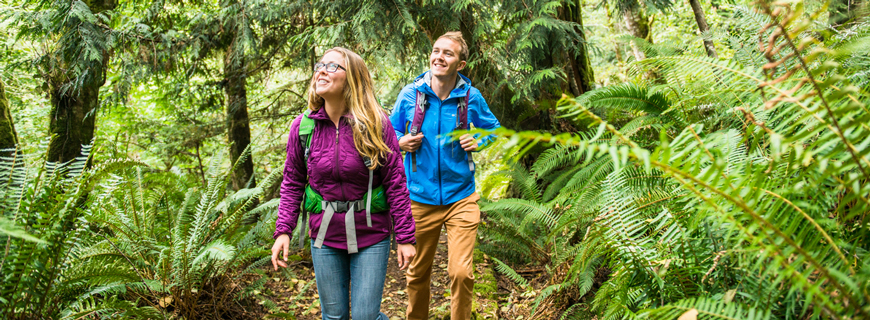
Surprising a wild animal can causes stress to the animal, and could provoke a problem. You can help eliminate the element of surprise by noticing the “signs” that wildlife might be close including fresh tracks, droppings or freshly scraped soil or tree bark.
If you find yourself in an area with a lot of signs that wildlife might be nearby, make noise, travel closely with others and leave the area.
9. Carry bear spray and know how to use it
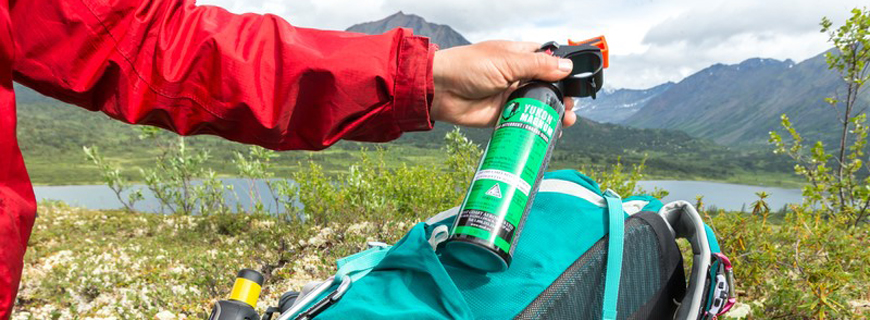
If a large animal such as a bear, wolf or cougar approaches you, bear spray can be an effective deterrent. Check out the webpages for the park you are planning to visit to find out if carrying bear spray is recommended.
Bear spray can be purchased at sporting goods stores and online videos can help you learn how to use it. Make sure it is quickly accessible and ready to use.
Bear spray contains capsaicin – a chemical found in chili peppers. It irritates animal’s eyes and skin and could affect breathing but the spray is not lethal.
10. Stay on designated trails and respect all park signs

Trails in national parks are designed to take you to the most interesting places in the park while keeping you safe from hazards and protecting the environment. Always stay on designated trails and find out about closures from Parks Canada staff in advance. Be prepared to adjust your travel plans if necessary.
Related links
- Date modified :